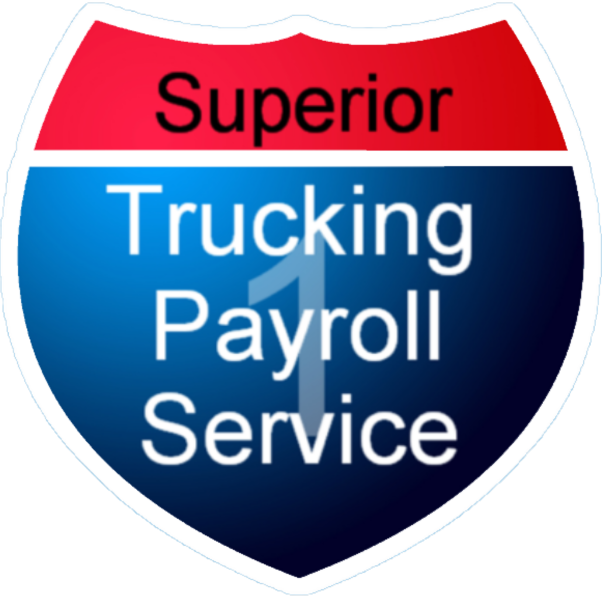Are you tired of dealing with payroll taxes for your...
The Complete Guide to the W-2 and the 1099 Forms
Important parts of the American tax system are the W-2 and 1099 forms. Each have different purposes and accommodate different employment arrangements. Employers and employees alike must be aware of the main differences between these forms.
What is the Difference Between W-2 and 1099 Forms:
Employers provide their employees with a W-2, sometimes known as the “employee’s form,” for many reasons. It includes information about the worker’s yearly pay, tax deductions, and other traditional employment-related costs. Important facts such as the worker’s personal information, income distribution, tax withholdings, and employer contributions are all included.
However, the 1099 form—which is commonly associated with freelancers and independent contractors—is a “contractor’s form.” It represents earnings received from sources other than traditional employer-employee agreements. Since there are no tax withholdings associated with the 1099, unlike the W-2, the recipient is in charge of handling their tax obligations.
Employers and employees, or contractors, must be aware of the differences between these forms in order to guarantee correct tax reporting and compliance with applicable laws.
What is Form W-2:
A typical document for workers in a traditional employer-employee relationship is the W-2 form. It provides an overview of the worker’s yearly compensation as well as the employer’s withheld taxes. The key components of the W-2 consist of:
Identity Information: The W-2 contains personal information about the employee, including name, Social Security number, and employer’s identification.
Income Breakdown: This offers a thorough analysis of the employee’s income, including wages, tips, and other benefits.
Tax Withholdings: Clearly stated are the specifics of Social Security tax, Medicare tax, and federal and state income tax withholdings.
Benefits and Deductions: Any benefits received and deductions made, such as retirement plan contributions, are reported.
Employer Contributions: Contributions made by the employer, such as to retirement plans, are included.
What is Form 1099:
The 1099 form is for independent contractors, freelancers, and self-employed individuals. It reports income received outside traditional employment relationships. The main features of the 1099 form are as follows:
Details of Income: The 1099 reports all income earned from clients or companies, including commissions, fees, and other payments.
Business Relationships: This term refers to a more independent contract arrangement in situations when there is no employer-employee relationship.
No Tax Withholding: The 1099 does not have tax withholdings, as opposed to the W-2. It is the independent contractors’ responsibility to handle their own tax liabilities.
Varieties of 1099 Forms: There are several forms for 1099 income, including 1099-INT for interest income, 1099-DIV for dividend income, and 1099-MISC for other income.
When to Use Each Forms:
Use W-2 for Employees: W-2 forms are sent by employers to employees who are entitled to benefits, get a regular salary or hourly wage, and have taxes deducted.
Use Form 1099 for Contractors: 1099 forms are provided to freelancers, independent contractors, and other self-employed people. This includes people who are employed temporarily or for a specific project.
It is essential to understand the subtle differences between W-2 and 1099 documents in order to comply with tax laws. Workers must understand their tax obligations based on their employment status. Employers must accurately classify employees and provide the proper form. To guarantee correct reporting and compliance, both parties must stay up to date on tax rules and regulations on a regular basis.
Read More About W-2s and 1099s
Guide to Self-Employment Taxes for 1099 Workers
Guide to Self-Employment Taxes for 1099 Workers For people who...
The Complete Guide to the W-2 and the 1099 Forms
The Complete Guide to the W-2 and the 1099 Forms...
Everything You Need to Know to Avoid Tax Scams
Although tax scams can happen at any time, tax season...
Form 940: What Is It and How Do I Fill It Out
Form 940, also known as the Employer’s Annual Federal Unemployment...
Tessa joined Superior Trucking Payroll Service in September 2022. She loves to write and make videos which made her a great asset to the team in her marketing position.
Before working at Superior Trucking Payroll Service she worked in IT at GVSU which gave her the skills to problem-solve with customers over the phone.
Contact Us!
More to read
Seasonal Weight Restrictions: Why They Matter for Trucking
If you’ve ever bounced over a deep pothole in early...
Is Superior Trucking Payroll Service Worth the Higher Cost?
You’re Not Just Buying Payroll — You’re Buying Peace of...
Payroll for Trucking Companies: We Help Your Whole Trucking Family Get Paid
If you’ve heard of Superior Trucking Payroll Service, you’ve probably...
March 2025 Driver Pay Update for Trucking Companies
Are your drivers leaving for better pay? Are you wondering...

